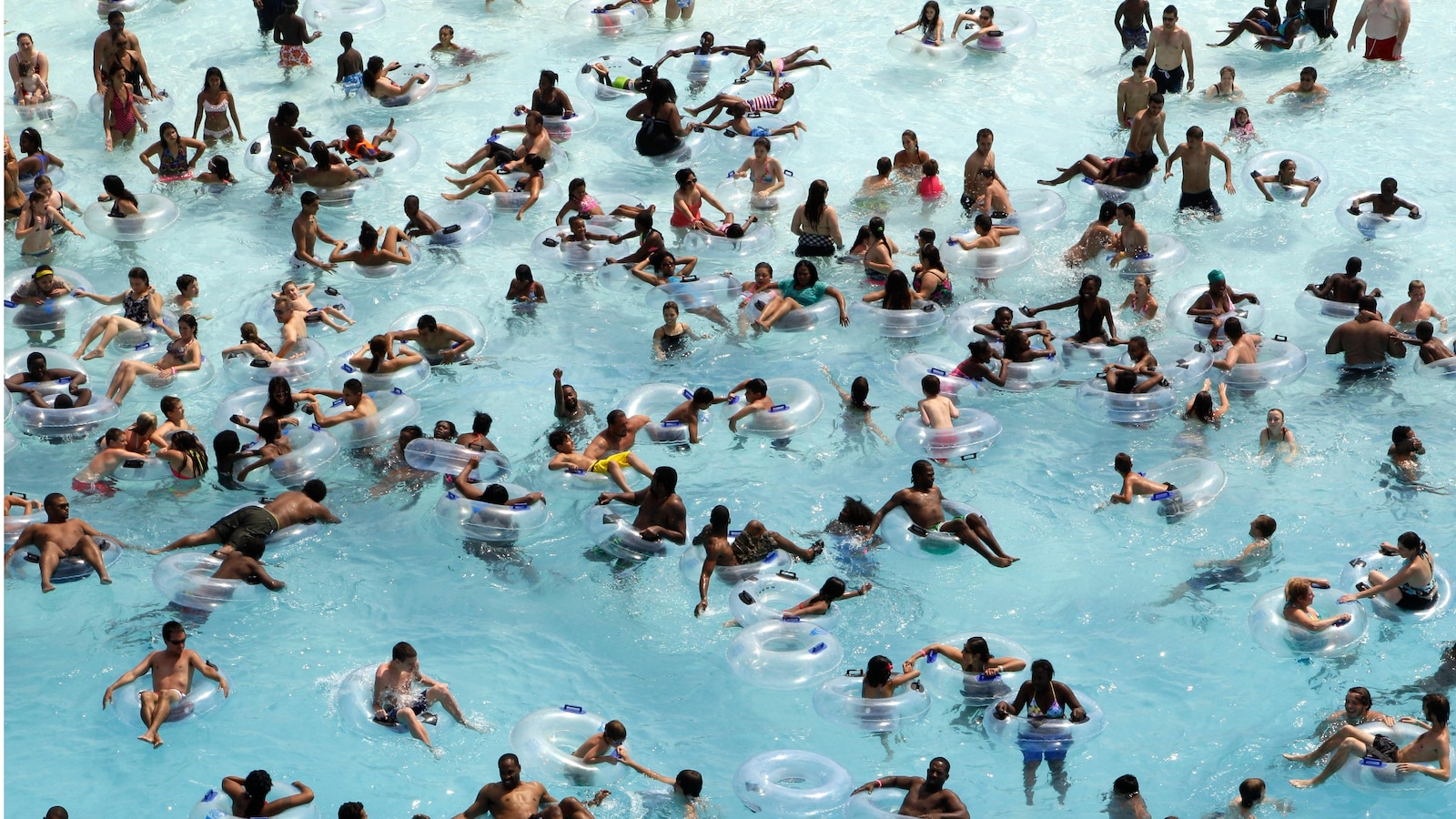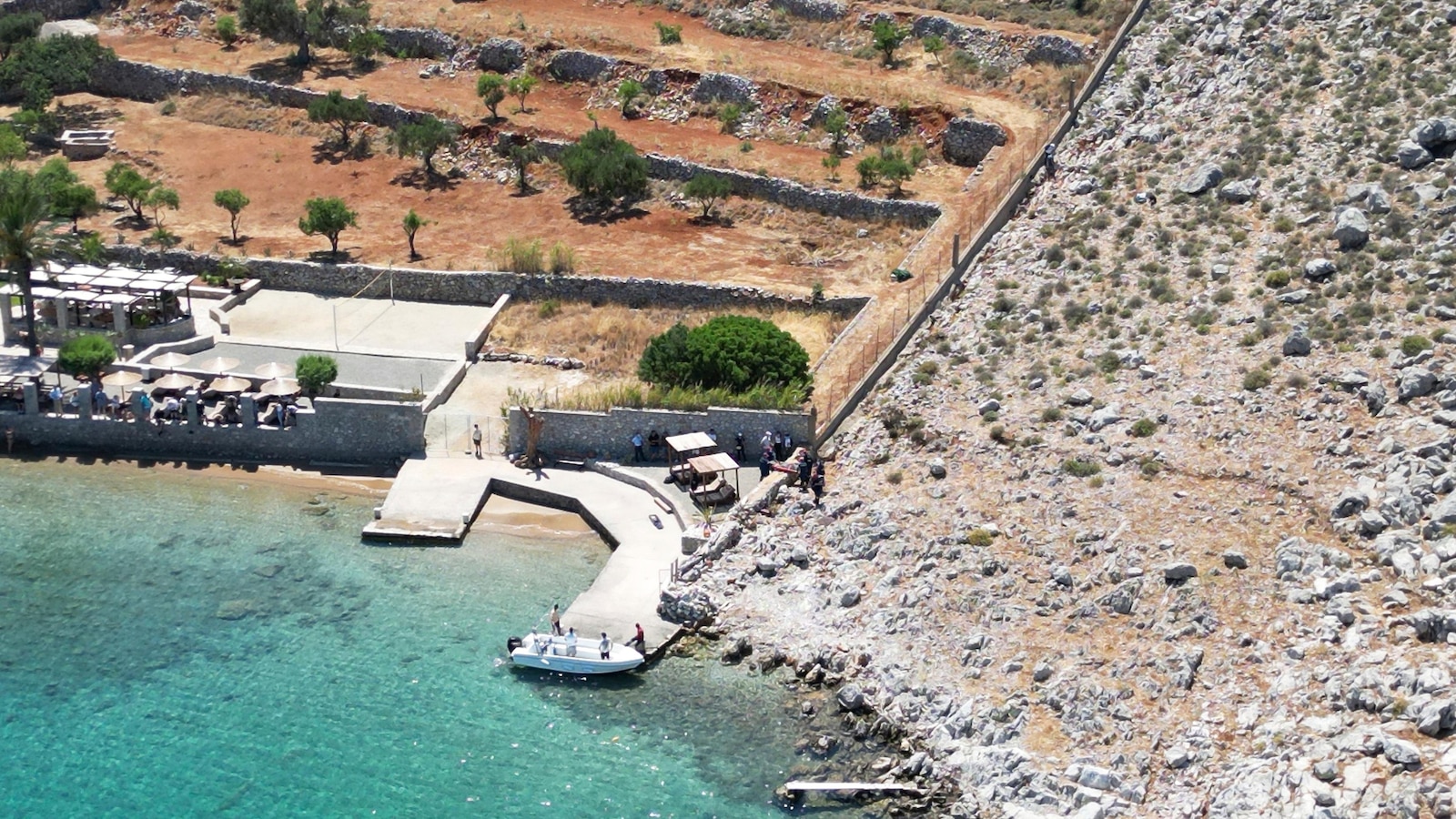
FORT LAUDERDALE, Fla. — With school out for the summer and temperatures rising across the country, many families will visit the beach, lake or local swimming pool. Now is the time to review safety tips to keep children safe around water.
Drowning is the leading cause of death for children ages 1 to 4 and the second leading cause of unintentional death for children in the 5 to 14 age group, according to the Centers for Disease Control and Prevention.
In the United States, 973 children under the age of 19 drowned in 2021, and another 6,500 were treated in emergency rooms following near drowning incidents, according to Gary Karton of Safe Kids Worldwide, a nonprofit organization working to prevent childhood injury.
In fact, more drownings occur in the summer, and specifically in July, than any other time of the year, according to the Children’s Hospital of Pittsburgh.
Palm Beach County Ocean Rescue lifeguard Daniel Barnickel said there always should be an adult monitoring the water.
“As a whole, never swim alone,” he said.
Taking the time to go over safety procedures and rules before heading to the pool or beach can benefit children and their parents.
The most important safety feature of a backyard swimming pool is a barrier, such as a safety fence, to prevent unsupervised access to the water.
Many children who drowned at home did so during times they were not expected to be in the water, according to the American Red Cross. In some cases, children were out of sight for less than five minutes and in the care of one or both parents when they slipped into the pool and drowned, the agency said.
That said, it is vital to make sure children learn to swim. There are many programs that teach children to swim, including Red Cross swimming courses across the U.S.
If a child goes missing, remember that seconds count. Check the water first, safety experts advise. It’s also important to have appropriate equipment available at home. This includes something to throw into the water for a child to grab onto, a cell phone to call for help, life jackets and a first aid kit.
All children should learn to step or jump into water that’s above their head and safely return to the surface and also be able to float or tread water, according to Safe Kids Worldwide.
They should also be able to quickly turn around in the water and find a safe place, combine breathing with moving forward in the water and get out of the water.
If several adults are at the pool, beach or lake with a group of children, choose a water watcher who can have eyes on the children at all times. It’s a great idea to rotate the water watcher among the adults for brief amounts of time, such as 15-minute intervals, experts at Safe Kids Worldwide recommend.
While at the pool or around water, it’s advisable to avoid distractions. Put away phones, books and magazines, because drowning is often silent and can happen in less than five minutes.
When you’re finished swimming, make sure to remove all floats and pool toys so young children won’t be enticed to reach for them.
Teach children to stay away from pool drains or suction devices, which can entrap swimmers’ hair or limbs.
Since 2014, all public pools and spas in the U.S. have been required to comply with the Virginia Graeme Baker Pool & Spa Safety Act, which was named after a 7-year-old girl who died after being caught by the strong suction of a hot tub drain in 2002. Her mother lobbied Congress to require drain covers and other pool safety features.
But even with those safety elements, experts say it’s a good practice to check the drains and devices before children get into a pool.
Always swim with a buddy, or in an area supervised by a lifeguard.
“Make sure that you don’t overestimate your abilities,” Barnickel said. “Know your limits.”
Have young or inexperienced children wear U.S. Coast Guard-approved life jackets. The size of the life jacket should be based on the child’s height and weight. Never substitute arm floaties or inflatable swimming rings for life jackets.
The best practice is to keep children within an arm’s reach of an adult at all times when in the water and teach them to always ask permission to go near the water.
Enforce safety rules, including no running or pushing on the pool deck and no dunking people in the water. It’s also a good idea to keep them from chewing gum or eating while swimming or jumping in the water.
Experts also recommend making sure children know the depth of the water so they don’t dive into the shallow end and get injured.
Open water, such as the ocean or a lake, is much different than a backyard swimming pool.
Children need to understand there can be limited visibility and uneven surfaces in the ocean and lakes. They also need to be taught about currents and undertow, which can pull them under water and away from the shore.
“Year after year in South Florida, rip currents claim more lives than every weather-related hazard combined,” Barnickel said. “We’ve seen locals come here that have been going to the beach their whole life, and they’ve never been caught in a rip current, or they think that they have and they know what to do. And they’ll get pulled out into a rip current. We’ll go out and get them, and they say, ‘I can’t believe that happened.’”
When at a beach or lake, it’s important to use designated swimming or recreational areas. Watch for signs posted about water hazards, as well as the times that lifeguards will be present.
As the summer season approaches, many people will be heading to the beach or pool to cool off and have some fun in the sun. While swimming can be a great way to beat the heat, it’s important to remember that water safety should always be a top priority. Here are some important water safety tips to keep in mind before you take a dip this summer:
1. Learn how to swim: One of the most important water safety tips is to make sure you know how to swim. If you or your children are not confident swimmers, consider taking swimming lessons before heading to the beach or pool. Knowing how to swim can help prevent accidents and ensure that you can enjoy the water safely.
2. Never swim alone: It’s always a good idea to swim with a buddy, especially in open water like the ocean or a lake. Having someone with you can provide an extra layer of safety in case of an emergency. If you do decide to swim alone, make sure someone knows where you are and when you expect to return.
3. Follow posted rules and guidelines: Whether you’re at a public pool or a beach, it’s important to follow any posted rules and guidelines. These rules are in place for your safety and the safety of others, so make sure to pay attention to them and follow them accordingly.
4. Stay within designated swimming areas: When swimming in open water, such as the ocean or a lake, it’s important to stay within designated swimming areas. These areas are typically monitored by lifeguards and are safer for swimmers. Venturing outside of these areas can put you at risk of strong currents, rip tides, or other dangerous conditions.
5. Watch out for rip currents: Rip currents are fast-moving currents of water that can pull swimmers away from shore. If you get caught in a rip current, it’s important to stay calm and swim parallel to the shore until you are out of the current. Do not try to swim against the current, as this can tire you out quickly.
6. Stay hydrated: Spending time in the sun and water can dehydrate you quickly, so make sure to drink plenty of water while you’re swimming. Avoid alcohol and sugary drinks, as these can dehydrate you even further.
7. Use proper flotation devices: If you or your children are not strong swimmers, consider using proper flotation devices such as life jackets or floaties. These devices can provide an extra layer of safety and peace of mind while in the water.
By following these important water safety tips, you can ensure that your trip to the beach or pool is not only fun but also safe. Remember to always be aware of your surroundings, follow posted rules and guidelines, and never underestimate the power of water. Stay safe and have a great time swimming this summer!


